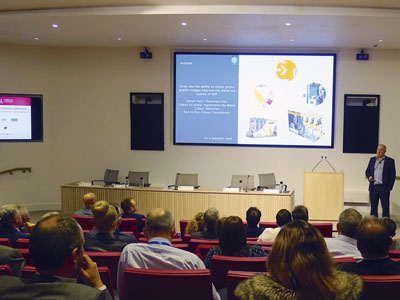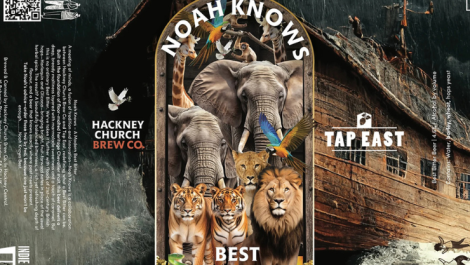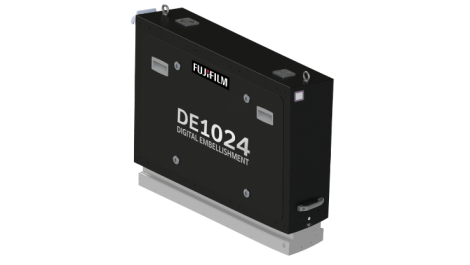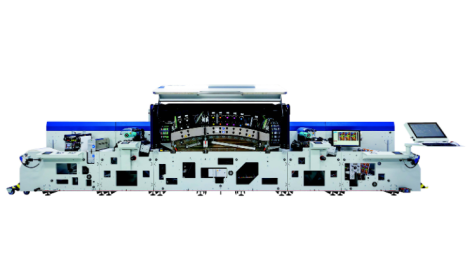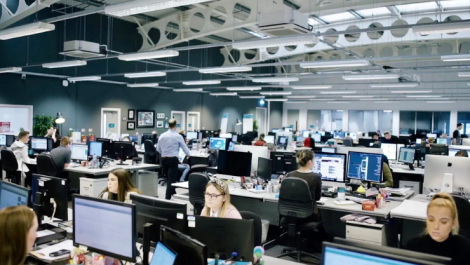There was plenty of brain food served up at the third annual Digital Print for Brand Success conference. Organised by Digital Labels & Packaging magazine, the inspirational event took place at the IET Savoy Place in London. Neel Madsen chaired the event and reports back.
The Institution of Engineering and Technology provided the frame for a list of speakers, who addressed issues such as neuro-marketing and what really goes on in the consumer’s brain, how to pitch your print to the retailer, why corrugated is going digital, what inkjet can offer, how the design agency uses digital technology and what lies beyond personalisation. A new feature was the Printer Innovation Zone, where eight printers displayed a recent project showing what digital can offer brands.
Almost half the 100 delegates were printers, while brands owners and retailers in attendance included Mars, Nestlé, Mizkan, Premier Foods, Habitat, Anthropologie and Tesco. The conference was sponsored by HP, Konica Minolta, ABG International and Label Traxx.
Fringe thinking
Taking a look into what happens in the consumer’s brain, keynote speaker Dr David Lewis-Hodgson from Mindlab International, explained the concept of neuro-marketing. He said, ‘Attention is one of the rarest and most expensive commodities today. As consumers we are walking through a haze of information and we have to make sense of all that. So I want to talk to you about the brain and essentially how it perceives vision. How do you catch attention through the visual medium?’
He explained that the brain is a very frugal organ, which tries to conserve energy at all times. ‘The brain receives about 12 billion bits of data per second. It consciously attends to just 20 of them!’ he said. As a pattern-matching device, the brain helps us make sense of the world. Dr Lewis-Hodgson illustrated this with a picture of a table with six chairs around it; although the chairs were partly obscured, the brain fills in the blanks because it recognises the pattern/object. This explains why familiar brands are so powerful. The brain doesn’t want to do too much work and the brand we already know is the easy choice.
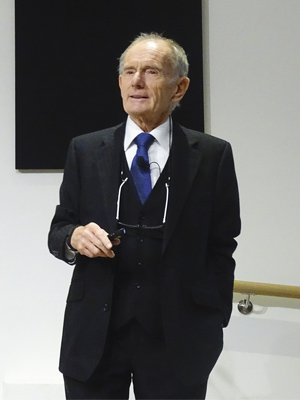
Keynote speaker Dr David Lewis-Hodgson explained how the consumer makes purchasing decisions
Dr Lewis-Hodgson stated, ‘Vision is the queen of the senses. It will override all the other senses, particularly in the under 25s, as they are far more visually literate, having been brought up on video games and music videos.’ The eyes will even override what we hear, so much so that we ‘hear’ the wrong word if the visual clues don’t match the sound (the so-called McGurk Effect).
When consumers make their decisions, they rely on both conscious and non-conscious thought. Conscious thought is considered and reflects deeply held beliefs and opinions, whereas unconscious thought is impulsive, reflecting experiences and associations. The area between the two is known as ‘the fringe’ and this is where most people make their purchasing decisions, ie employing a mix of feelings and facts. Scientists can measure fringe reactions through electrical impulses in the brain and also through online tests where the subject is put under time pressure. This obliges them to rely on mental shortcuts as they do for many real world decisions.
‘Products, packaging design and online previews must deliver standout and findability, clear communication, and fringe appeal via positive associations,’ said Dr Lewis-Hodgson. ‘If people don’t notice your product, they’re not going to buy it. People avoid uncertainty, which demands more brain energy.’ He concluded, ‘In order to stand out, you must be able to differentiate yourself from your competitor.’
Customer obsessed
Tesco packaging manager Paul Earnshaw continued the investigation into the brain. He illustrated the importance of engaging all the senses by miming the first part of his presentation, much to the amusement of the audience. ‘Doesn’t it feel strange when one of the senses is ignored?’ he said before continuing the rest of the presentation in normal fashion.
Tesco puts two billion pieces of packaging on shelf every week. ‘And if we can do anything to lift the packaging – that is what we are after,’ said Mr Earnshaw. ‘We want to deliver products our customers love,’ he continued emphasising that Tesco changed its mission to be customer centric two years ago when a new CEO took over. This view translates into demanding that packaging innovation should focus on helping the customer and not be technology lead.
‘Innovation leaps ahead whilst the business case stumbles around like a drunk,’ he stated, explaining the need to make innovation profitable and also apply to the customer. In other words, if you are pitching to Tesco, always start with the customer’s need or problem, and explain what you can offer them and why they would buy the product.
The mega trends that are influencing the decisions of the marketing department should be noted, he said. People are using shops more like store cupboards; just popping in regularly and no longer doing big weekly shops. They display less loyalty to the retailer, which creates financial uncertainty. Health and wellness is a huge trend as is the provenance of the products (packaging should reflect ‘the story’). There is also a retro renaissance going on with old style comfort food rising in popularity. In terms of taste, consumers are more experimental with their cooking, trying new cuisines from other cultures, and there is also a demand for new flavour combinations, eg salted caramel.
Personalisation is also on the agenda. Mr Earnshaw said, ‘People want stuff that reflects their life style. A good example is the growth in condiments where there is a huge array of choice enabling the consumer to personalise their food in a low risk way.’ He continued, ‘Personalisation is much more than just a name, so how do we get it to reflect the consumer’s life style and choices?’
…
Read the full feature here

